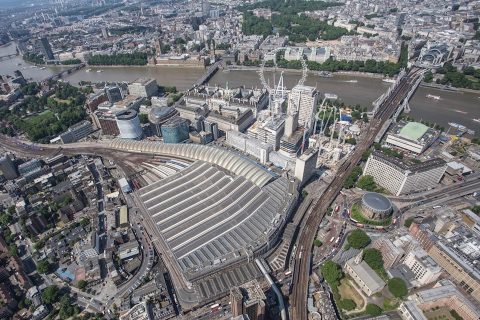Taxing motorways to finance rail infrastructure? SNCF CEO says yes

To finance the 100-billion-euro plan announced last month by French Prime Minister Elisabeth Borne, SNCF CEO Jean-Pierre Farandou insists that “all accessible sources of funding must be used”. He even proposes taxing motorways and airports to finance the more environmentally responsible train.
Want to read more?
You have read all of your free premium articles for this month. Please become a subscriber to keep reading.
Subscribe now!
Take advantage of our exclusive offer to get full access to all premium content.




